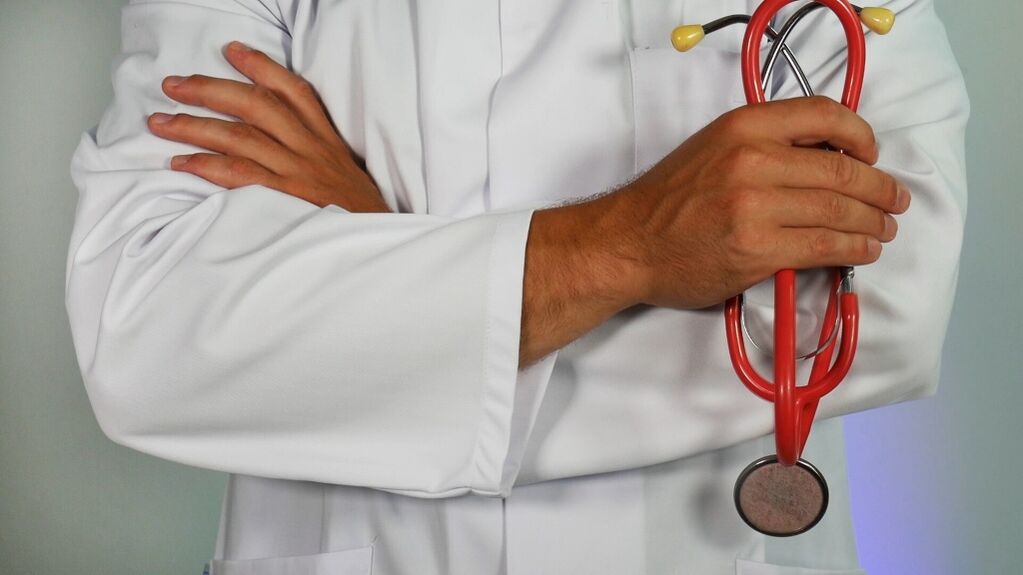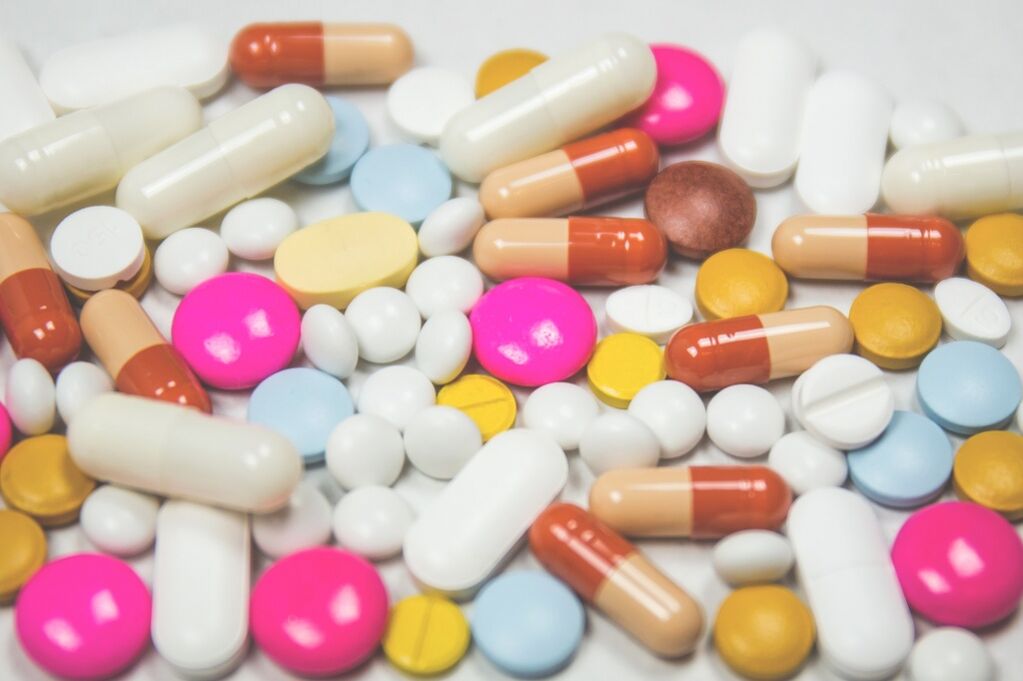What is prostatitis?It is the most common urological disease in men to the background of inflammation of the prostate gland, which is caused by pathogens (certainly causes disease) and pathogenic infections.

In most cases, in active young men, it is a low sti complication of symptoms or no symptoms.Causes of development of prostatitis can be: trichomonas, gonococci (causing gonorrhea), chlamydia, ureaplasma, mycoplasma.Among the organisms that are not related to STI, E. coli, Enterokoccus Fecal, and others are very important.
According to the modern classification there are:
- Acute prostatitis.
- Chronic bacterial prostatitis.
- Chronic prostatitis (chronic pelvic pain syndrome) with signs of inflammation.
- Chronic prostatitis (chronic pelvic pain syndrome) without signs of inflammation.
- Prostatitis asymptomatic (asymptomatic) prostatitis.
Currently, in most cases, we have to deal with the category of prostatitis in men, in recent years -recent years trichomoniasis, chlamydia, ureaplasmosis and mycoplasmosis have played a major role in the STI structure, which initially, in most cases, no manifestations.And only after a long time they have shown themselves as complications - prostatitis.
It should be said that prostatitis without symptoms is detected in the majority of patients who come only for examination for STI, in female sexual partners with STI, as well as in patients with infertility.
The cause of prostatitis
As a rule, prostatitis is diagnosed when:
- reduce physical activity (inactive lifestyle);
- Dysrhythmias sexual life (prolonged sexual abstinence, often replaced by hyperactive sex life);
- alcohol abuse;
- chronic constipation;
- The result of infection with prostatitis sti - urethrogenic, which occurs when the infection enters the prostate of the urethra;
- due to the penetration of pathogens from the focus of chronic infections (chronic tonsilitis, sinusitis, kidney disease, etc.);
- For rectal disease (hemorrhoids, anal fissures, paraproctis) - endogenous prostatitis.This describes the detection of E. coli in most cases of chronic prostatitis.

Symptoms of prostatitis in men
It starts with an increase in temperatures to 39-40 ° C with fever and chills, difficulty in urinating, pain and burning during urination;In severe cases, due to swelling of the gland tissue, acute urinary retention occurs - conditions that require surgical intervention.
It continues without manifestation.It is detected primarily in patients looking for exams for STI after casual sexual intercourse.It is also detected in patients who come for examination as a female sexual partner with STI or patients with sperm pathology.
Manifests:
- Discomfort and pain in the lower abdomen, perineum, sometimes the patient notes that the pain radiates to the head of the penis or to the urethra.
- Urinary tract.Frequently doubled, urinary tract, unfinished urination (often with hypothermia), urine one to several times at night, difficulty urinating and weakening the flow of urine.
- Disruption of sexual function.Pain and discomfort during ejaculation, pain in the urethra and rectum, weakening or loss of orgasm, etc.
- Changes in sperm capabilities.
- As a result, the patient's anxiety and anxiety, caused by the attention of his or her attention.
Complications of prostatitis
In the absence or treatment of insufficient prostatitis, the following complications may occur:
- The transition of acute prostatitis to the chronic.
- Acute urinary retention (patients cannot urinate for a long time) may require surgical intervention.
- Development of men's infertility.
- The formation of scars and adhesion in the urethra with subsequent narrowing.
- Development of bladder inflammation (cystitis).
- Kidney disease inflammation (pyelonephritis, and others).
- The incidence of prostate purulent inflammation in men (prostate abscesses), which requires surgical intervention.
- Sepsis (penetration of infection into the bloodstream with subsequent damage to the organs and systems of the body) is a life -threatening complication.It develops more frequently in patients with decreased immune system function, in patients with diabetes mellitus, patients with chronic renal failure, in patients with AIDS, etc.
Diagnosis of prostatitis
Diagnosis of prostatitis is performed in patients with characteristic complaints, as well as in patients identified STI and identify infertility.
Diagnostics include:
- Prostate digital examination (through the rectum) with the accumulation and examination of prostate secretion (juice), when the presence of inflammation in the gland is detected.
- Urine examination: general analysis, 2 or 4 glasses of urine, bacteriological examination (detection of prostatitis pathogens), cytological examination (cancer detection).
- Uroflowmetry: evaluation of the characteristics of urine flow, quantity, flow rate, urine period.
- Ultrasound examinations for detecting urine, prostate organic wounds, official signs of prostatitis.
Occasionally, to diagnose prostatitis and exclude cancer, here are the supplements:
- Sperm study.
- Prostate biopsy.
- PSA blood test (to detect cancer).
- Tomography calculated pelvic organs.
- Magnetic resonance examination of nuclear pelvic organs, etc.

Treatment of prostatitis
Treating bacterial prostatitis caused by STI is not an easy task.Adequate and timely therapy leads to the healing of this category of prostatitis after complete removal (loss) of STI pathogens in most patients.It should be noted that complete healing of prostatitis caused by rough infection (non -STI) occurs in only 30% of cases, despite modern medical achievement.In this case, the goal is to achieve stable disease.
Modern treatment of prostatitis includes:
- Antibacterial therapy for at least 2 weeks, sometimes up to 1-2 months or more.
- Treatment of pain syndrome (anti-inflammatory drugs in the form of suppositories, injections, tablets).
- Treatment of urinary tract (α-1-blockers, 5-α-reductase blockers).
- Physiotherapy treatment methods (magnetic therapy, laser therapy, etc.).
- Prostate massage.
Patients are also recommended to make lifestyle changes, namely:
- Normal sex life without sexual advantages;
- provide alcohol and inactive lifestyle;
- mandatory use of contraceptive obstruction;
- Treatment of digestive tract diseases that cause stool retention, etc.























